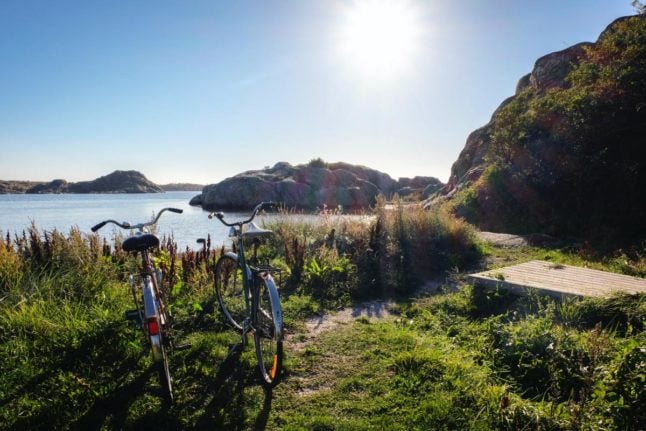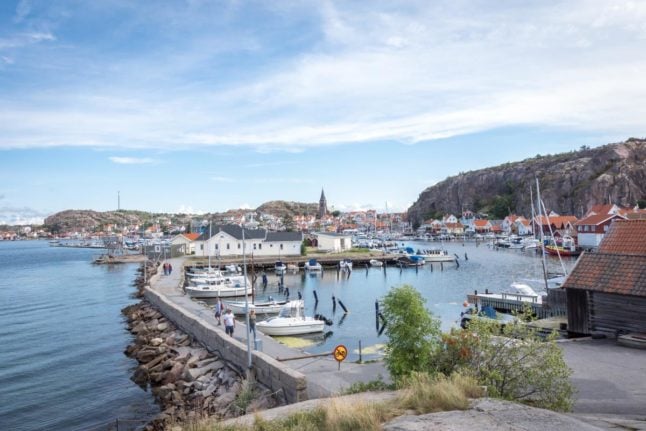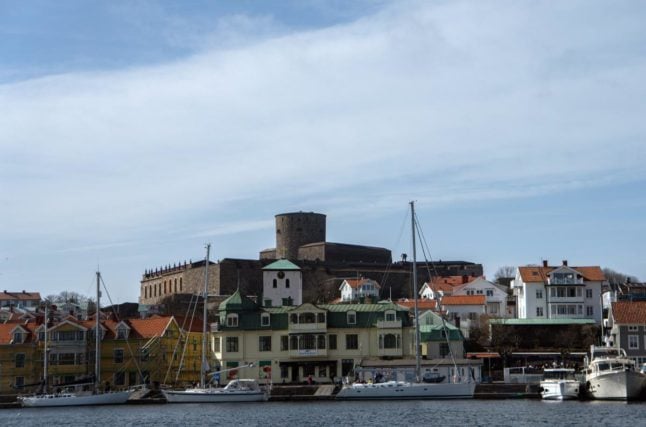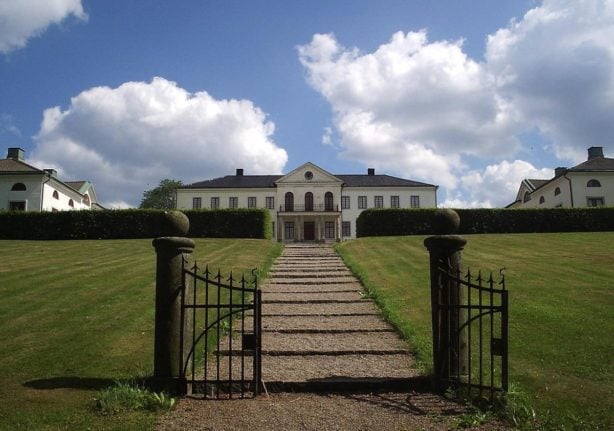Brännö
If you’ve got longer than a day or two in Gothenburg, a boat trip out to the archipelago is a must. Any one of the islands (most of them car-free) will offer spectacular nature and opportunities to relax with a view, but Brännö is slightly livelier than most, famous for its summer folk dances and mentioned as an important town in several Icelandic sagas.
You can learn about the island’s history by visiting its local museum, housed in a barn: the information is in Swedish, but staff are usually happy to explain in English. Whether using it as a base for island-hopping or just visiting for the afternoon, take in the views out to sea by walking or cycling around, and stop off at any of the beaches or cliffs for a swim or sunbathing opportunity.

How to get there: From the city centre, take the 11 tram to the Saltholmen ferry terminal. There, take the ferry: the 283 or the 282, with the latter taking slightly longer (around 40 minutes) and arriving at the south side of the island.
Don’t miss: Crossing the bridge over to Galterö, an even smaller and more rugged island which has some great secluded spots for swimming.
Eat and drink: Head to Brännö Varv in the former shipyard to sip a coffee or cold beer in a hammock or an old wooden boat. In the summer there’s often live music here too.
Fjällbacka
Lovers of film and literature alike should put Fjällbacka on their travel bucket list for a cultural day trip. Not only was it the summer home of Ingrid Bergman, but the fishing village is also the setting of books by crime writer Camilla Läckberg, though the reality is thankfully far sleepier than her fast-paced thrillers. Bergman fans can appreciate the statue of the actress in the town’s main square, and readers of Läckberg’s novels can either join an organized tour to spot locations from her books or simply keep an eye out.
If you have the chance to visit for longer than a day, Fjällbacka also makes a good base for exploring the nearby islands, the westernmost in Sweden, such as postcard-perfect Smögen. Alternatively, if you’re not attracted by Bergman or Läckberg and especially if you’re using public transport, Strömstad is reachable by train and bus from Gothenburg and has plenty of beautiful nature and family-friendly activities too.

How to get there: If you’re not driving, you’ll need to take a train in the direction of Strömstad and change to a bus at Dingle. The total journey time is around two and a half hours.
Don’t miss: Walking through the Kungsklyftan and up the rock behind the harbour, from where you can enjoy incredible views of the surrounding area and islands.
Eat and drink: Seafood is fresh and delicious in many of the town’s restaurants: try Restaurang Matilda for its stunning sea views, especially at sunset.
FOR MEMBERS:
- Five of the best day trips to do from Stockholm
- The Local’s ultimate guide to exploring Sweden by train
- The ultimate guide to exploring Stockholm’s archipelago islands
Marstrand
Gothenburgers have been escaping the city for this seaside town for centuries, so why not follow their example? A wander around the harbour allows you to admire the charming wooden houses and impressive boats (there are important sailing races here in summer), though it gets crowded during the warmer months. A visit in the off-season will give you a more peaceful day out, or in the summer you can head away from the very centre by looking for the nature trail leading to the far side of the island.
The fortress Carlstens Fästning overlooks the entire town, and you can even stay there overnight if time and budget allow; otherwise, simply climb the Battery Tower for views and explore the fortress’ underground tunnels.

How to get there: Take the Marstand Express bus from Gothenburg’s bus station (50 minutes), and access the town’s main island by one of the shortest ferry rides in the world. During the summer, you can travel from Gothenburg to Marstrand by boat to take in the West Coast views, which takes around three hours.
Don’t miss: The Strandverket art museum, housed in an atmospheric old fort and featuring a varied collection with an emphasis on sculpture, including a permanent sculpture park.
Eat and drink: The historic Bergs Konditori in the harbour is a great spot for stocking up on pastries or bread before you start your tour of the town.
Trollhättan
For something a little different from seaside towns and picturesque islands, Trollhättan has its own attractions. You can see the impressive waterfalls and locks along the Göta canal, the first of which was opened more than 200 years ago, and in the summer, there are boat trips along the water.
The city is best known as the home of Saab, so car enthusiasts can explore the Saab museum, or head to the old industrial neighbourhood, now a place for museums, art and food. But it’s also got plenty of green spaces to explore on foot or by bike, and the opportunity to head to the nearby Ecopark Halle- and Hunneberg, which is not only a good hiking area but offers excellent chances of spotting elk.

How to get there: Trains from Gothenburg to Trollhättan are regular and take around 35 minutes.
Don’t miss: The King’s Cave, a rock where visiting royals have signed their names since the 1700s.
Food and drink: There are two good tapas restaurants, Pinchos and Majo Bar, while the Ritz Teatercafé offers delicious fika options.
Nääs Slott
There are several castles and impressive estates to visit in the towns and villages around Gothenburg, but this is one of the most spectacular. Wander around the impressive rooms (check in advance to find out the times of guided tours), but make sure to leave time to explore the surrounding nature, with water in every direction.
It’s easily doable in a morning or afternoon, but if you want to extend your day, it could be combined with a trip further northeast to Alingsås, known as Sweden’s fika capital. This is easiest by car, otherwise bear in mind that the castle is a bit of a walk from the nearest train station.

How to get there: Take a train to Floda, followed by a half-hour walk or the bus 533 to Lilla Nääs.
Don’t miss: If you’re interested in arts and crafts, look into the courses on offer at the castle. In the 19th century, Nääs was known as the best place in Sweden for handicraft.
Food and drink: The castle’s cafe and restaurant in what used to be the stables have a menu focusing on local produce, and the weekend brunch is highly recommended.
READ ALSO:




 Please whitelist us to continue reading.
Please whitelist us to continue reading.
Member comments